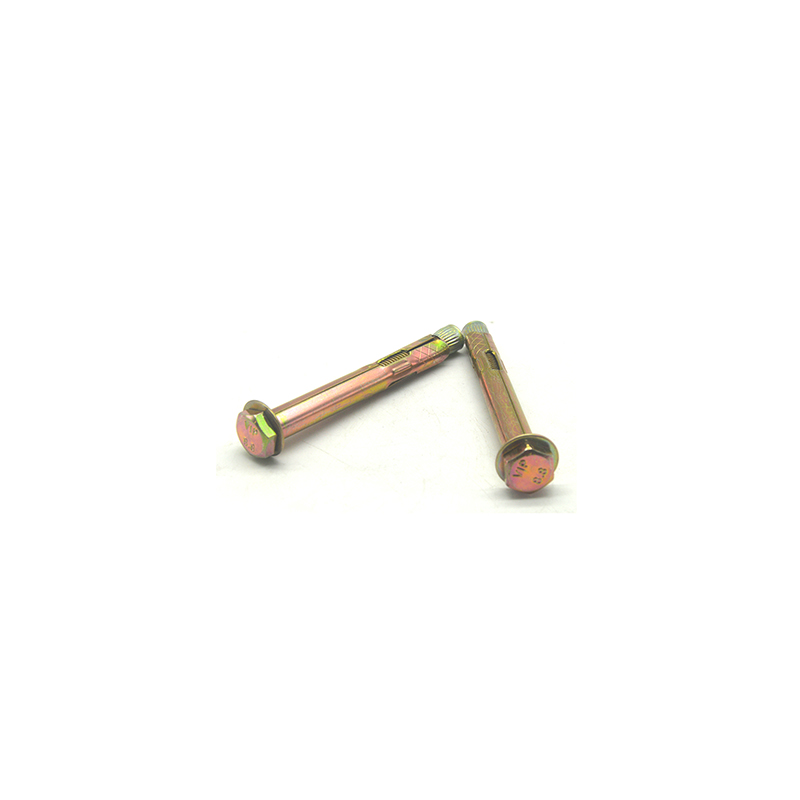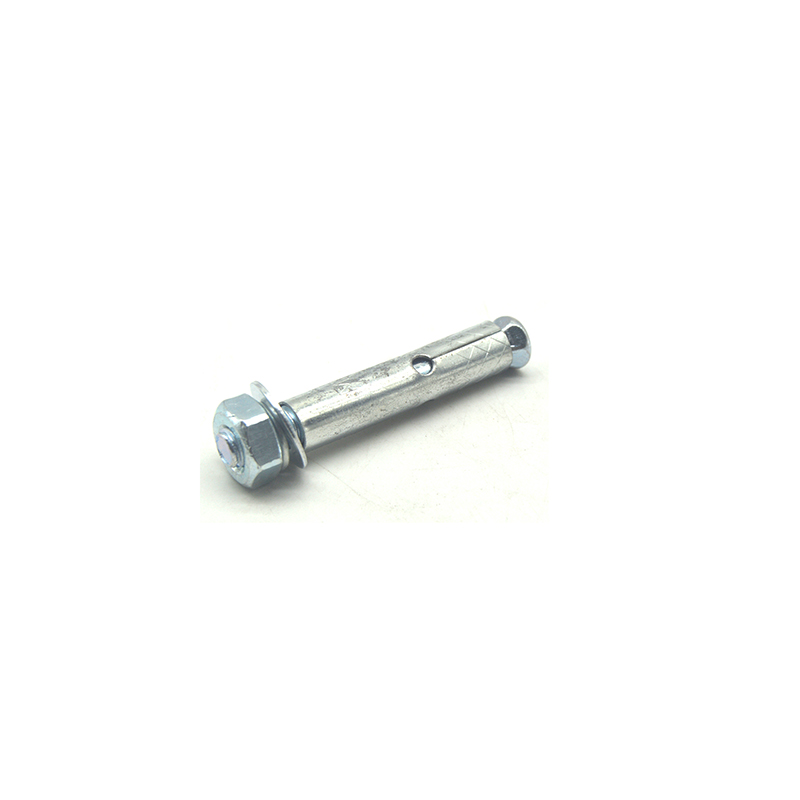- English
- Chinese
- French
- German
- Portuguese
- Spanish
- Russian
- Japanese
- Korean
- Arabic
- Irish
- Greek
- Turkish
- Italian
- Danish
- Romanian
- Indonesian
- Czech
- Afrikaans
- Swedish
- Polish
- Basque
- Catalan
- Esperanto
- Hindi
- Lao
- Albanian
- Amharic
- Armenian
- Azerbaijani
- Belarusian
- Bengali
- Bosnian
- Bulgarian
- Cebuano
- Chichewa
- Corsican
- Croatian
- Dutch
- Estonian
- Filipino
- Finnish
- Frisian
- Galician
- Georgian
- Gujarati
- Haitian
- Hausa
- Hawaiian
- Hebrew
- Hmong
- Hungarian
- Icelandic
- Igbo
- Javanese
- Kannada
- Kazakh
- Khmer
- Kurdish
- Kyrgyz
- Latin
- Latvian
- Lithuanian
- Luxembou..
- Macedonian
- Malagasy
- Malay
- Malayalam
- Maltese
- Maori
- Marathi
- Mongolian
- Burmese
- Nepali
- Norwegian
- Pashto
- Persian
- Punjabi
- Serbian
- Sesotho
- Sinhala
- Slovak
- Slovenian
- Samoan
- Scots Gaelic
- Shona
- Sindhi
- Sundanese
- Swahili
- Tajik
- Tamil
- Telugu
- Thai
- Ukrainian
- Urdu
- Uzbek
- Vietnamese
- Welsh
- Xhosa
- Yiddish
- Yoruba
- Zulu
- Kinyarwanda
- Tatar
- Oriya
- Turkmen
- Uyghur

philips madaxa boolal is-taajinta
Waxyaabaha Aasaaska ah ee Istaabadaha madaxa ee Phillips
Dunida xirmooyinka, Phillips madaxa boolal is-taajinta waa qayb-laakiin had iyo jeer maaha kuwo toosan sida ay u muuqdaan. Waa kuwan waxa sannadaha khibrad-gacmeedka ah ay i bareen dabeecaddooda dhabta ah iyo dhibaatooyinka caadiga ah.
Fahamka Phillips Madaxa Istaabashada Istaabadaha
Dareenka ugu horreeya wuxuu noqon karaa mid lagu khiyaaneeyo boolashan. Waxa loo dejiyay inay gooyaan duntooda, taas oo ka dhigaysa kuwo qiimo badan xaalado badan. Laakin ma aha oo kaliya in la qabsado boolal oo aad u socoto. Codsiga khaldan wuxuu u horseedi karaa dunta la jeexjeexay ama haynta daciiftay, taas oo, si daacad ah, waa madax xanuun aad rabto inaad iska ilaaliso wakhtiga kama dambaysta ah.
Faahfaahinta muhimka ah ee aan inta badan tilmaamo waa laqabsiga agabka. Haddii aad ku shaqaynayso bir, alwaax, ama balaastiig, nooca furka iyo duntu waxay ka ciyaaraan door muhiim ah. Khiyaamadu waxay la mid tahay furka iyo substrate-ka. Waxaan arkay mashaariic aad u badan oo agabka is-khilaafsan uu ku dhammaaday niyad-jab iyo waqti lumis.
Marka laga soo xigtay shirkado la isku halayn karo sida Handan Shengtong Fastener Manufacturing Co., Ltd., waxaad filan kartaa tayo joogto ah. Waxay qayb ka ahaayeen warshadaha xidhidhiyaha Shiinaha ilaa 2018 waxayna bixiyaan xulashooyin kala duwan oo daboolaya baahiyo kala duwan. Ka hubi waxa ay bixiyaan Shengtong Fastener si loo gaaro go'aamo xog-ogaalnimo leh.
Muhiimadda Tayada iyo Nakhshadeynta
Maalmihii hore, waxaan dhayalsaday muhiimada nashqadaynta boolal is-taabashada. Madaxa Phillips, in kasta oo caadi ah, waa in si sax ah loo farsameeyay si looga hortago kaamirada oo loo hubiyo wadista hufan. Madax si liidata loo qaabeeyey ayaa neefta hoosteeda ku habaari doonta marka ay iska saarto wakhtiga ugu dhibka badan.
Waxaan xasuustaa mashruuc aan isticmaalay boolal tayo hoose leh, anigoo u malaynaya inaan geesaha ka jari karo. Qalad weyn. Kaashashka ayaa si fudud loo xayuubiyey oo aan ku dhammeeyey laba jibaarida wakhtiga mashruuca aan filayo. Maalgelinta muraayadaha tayada leh ee bilawga ah, sida kuwa soo saarayaasha la aasaasay, waxay kuu badbaadinayaan wakhti iyo dadaal mustaqbalka fog.
Waxaa intaa dheer, hubi in boolal-dhaqaale aad dooratay ay leeyihiin dahaar lagu kalsoonaan karo si looga hortago daxalka, gaar ahaan codsiyada dibadda. Tani waxay si gaar ah muhiim u tahay haddii aad ka shaqaynayso deegaan u nugul soo-gaadhista qoyaanka.
Talooyin wax ku ool ah oo Isticmaalka
Saxnimadu waa furaha. Had iyo jeer horay u sii qod godka duuliyaha haddii alaabtu kuu ogolaato. Waxay u ekaan kartaa tallaabo dheeraad ah, laakiin waxay kaa caawinaysaa in la hubiyo waddo toosan waxayna yaraynaysaa khatarta dildilaaca, gaar ahaan substrates adag sida birta.
Markaad wado furka, ilaali cadaadiska joogtada ah iyo xagal joogta ah. Tani ma aha oo kaliya tip pro; waa lagama maarmaan in laga fogaado simbiriirixashada iyo dhaawaca iman kara. In ka badan hal mar, waxaan arkay qof ku qancay, oo furku wuxuu ku dhammaaday meel ka baxsan, oo burburiyay alaabta.
Handan Shengtong Fastener Manufacturing Co., Ltd. wuxuu bixiyaa boolal leh dhererka shank kala duwan iyo dhexroor kuwaas oo muhiim u ah is waafajinta furaha saxda ah ee hawsha gaarka ah. Kala duwanaanshiyahani wuxuu caawiyaa in la gaaro natiijada la rabo iyada oo aan waxyeello loo geysan sharafta qaab-dhismeedka.
Caqabadaha Caadiga ah
Waxaa laga yaabaa in caqabada ugu dhibka badan ay tahay la tacaalida madaxyada la siibay. Tani waxay dhacdaa marka qalab khaldan la isticmaalo ama marka xoog xad dhaaf ah la isticmaalo. Way ku bixinaysaa in la maalgeliyo kaashawiito tayo leh oo si fiican ugu habboon madaxa birta.
Arrin kale oo soo noqnoqda ayaa ah adkeynta xad-dhaafka ah. Way fududahay in aad u malaynayso in adag ayaa ka fiican laakiin noocyo badan oo ka mid ah Phillips madaxa boolal is-taajinta waxaa daciifin kara tan. Dhaqan ahaan, waxaan bartay dheelitirka wanaagsan ee u dhexeeya cidhiidhiga ku filan iyo cidhiidhiga.
Ka fiirso arrimaha deegaanka sidoo kale. Isbeddelka heerkulka iyo qoyaanka ayaa saameyn kara sida boolalku ula falgalaan walxaha waqti ka dib. Tixgeli arrimahan markaad qorsheyneyso rakibaadyo mustaqbalka fog ah.
Casharradii La Bartay iyo Talooyin
Iyadoo dhammaan tixgelinnadan, la shaqeynta Phillips madaxa boolal is-taajinta wuxuu ahaa safar aad u badan. Waxaan bartay in dulqaadka iyo saxnaanta ay ugu muhiimsan yihiin, maalgelinta agabka wanaagsanna ay mar walba faa'iido leedahay.
Haddii aad shaki ku jirto, waxaan ku talinayaa inaad hubiso ilaha laga helo soosaarayaasha la isku halayn karo sida Handan Shengtong Fastener Manufacturing Co., Ltd. Alaabooyinkoodu waxay marag u yihiin naqshad tayo leh oo feker leh - waa waajib qof kasta oo dhab ah oo ku saabsan mashruucyadooda.
Guud ahaan, fahamka nuucyada boolalyadani waxay qaadataa wakhti iyo waayo-aragnimo, laakiin ku qanacsanaanta shaqada si fiican loo qabtay ayaa ka dhigaysa mid qiimo leh. Sii wad sahminta, sii wad tijaabinta, hana ka xishoon inaad waydiiso su'aalaha saxda ah safarkan xiisaha leh.
la xidhiidha alaabta
Alaabooyinka la xidhiidha
Iibinta ugu fiican alaabta
Alaabta iibka ugu fiican-
 Usha cad Bolt
Usha cad Bolt -
 Dabaqa Hexagon Bolt
Dabaqa Hexagon Bolt -
 lowska daboolka ah ee hal gabal ah
lowska daboolka ah ee hal gabal ah -
 Madax bugle cad oo is-taabad ah
Madax bugle cad oo is-taabad ah -
 Madaxa Truss is-qodista
Madaxa Truss is-qodista -
 Bariiska Balaadhinta Qaabka Daaqadda
Bariiska Balaadhinta Qaabka Daaqadda -
 lowska madaxa geeslaha ah ee xoogga badan
lowska madaxa geeslaha ah ee xoogga badan -
 Madaxa digsi is-taabashada
Madaxa digsi is-taabashada -
 Usha madow Bolt
Usha madow Bolt -
 Qalab alwaax ah oo saddex geesood ah
Qalab alwaax ah oo saddex geesood ah -
 Flange Cad Bolt
Flange Cad Bolt -
 Xarig sare oo madax hexagon ah
Xarig sare oo madax hexagon ah
la xidhiidha raadi
Raadinta la xidhiidha- 1 4 inch boolal is-taajinta
- 3 8 bir ah oo iskood isku taaga
- 4mm boolal is-taabad
- Isbiirada is-taabacaadda iyo is-hoosaysiinta taxane ah
- 14 x 1 1 4 boolal is-taabad ah
- boolal is-taajinta ee gidaarka qallalan
- taxanaha Bolt iyo lowska
- muraayadaha qallalan ee birta
- madaw countersunk boolal is-taabashada
- 12 bir ah oo bir ah oo isku tashada








